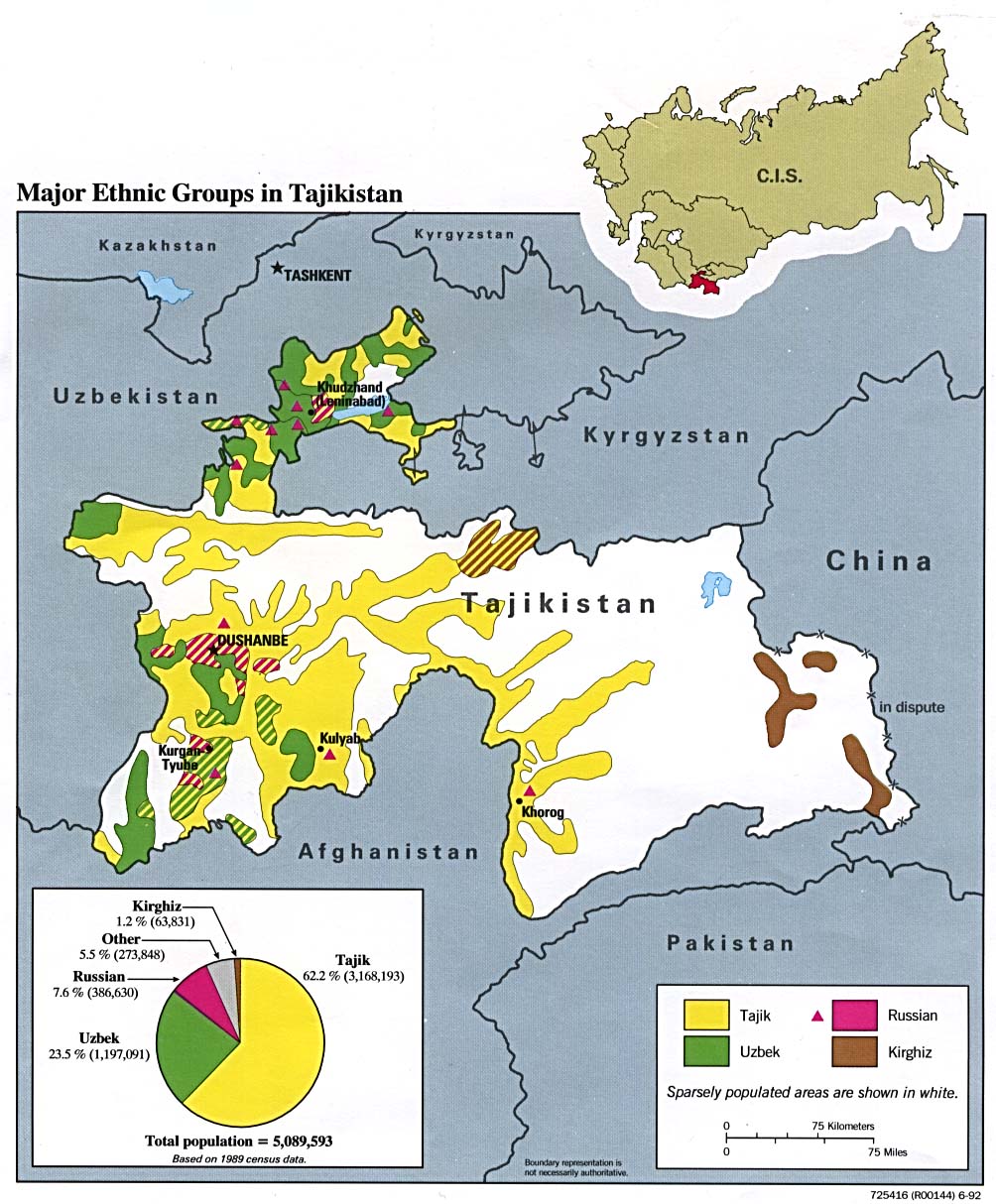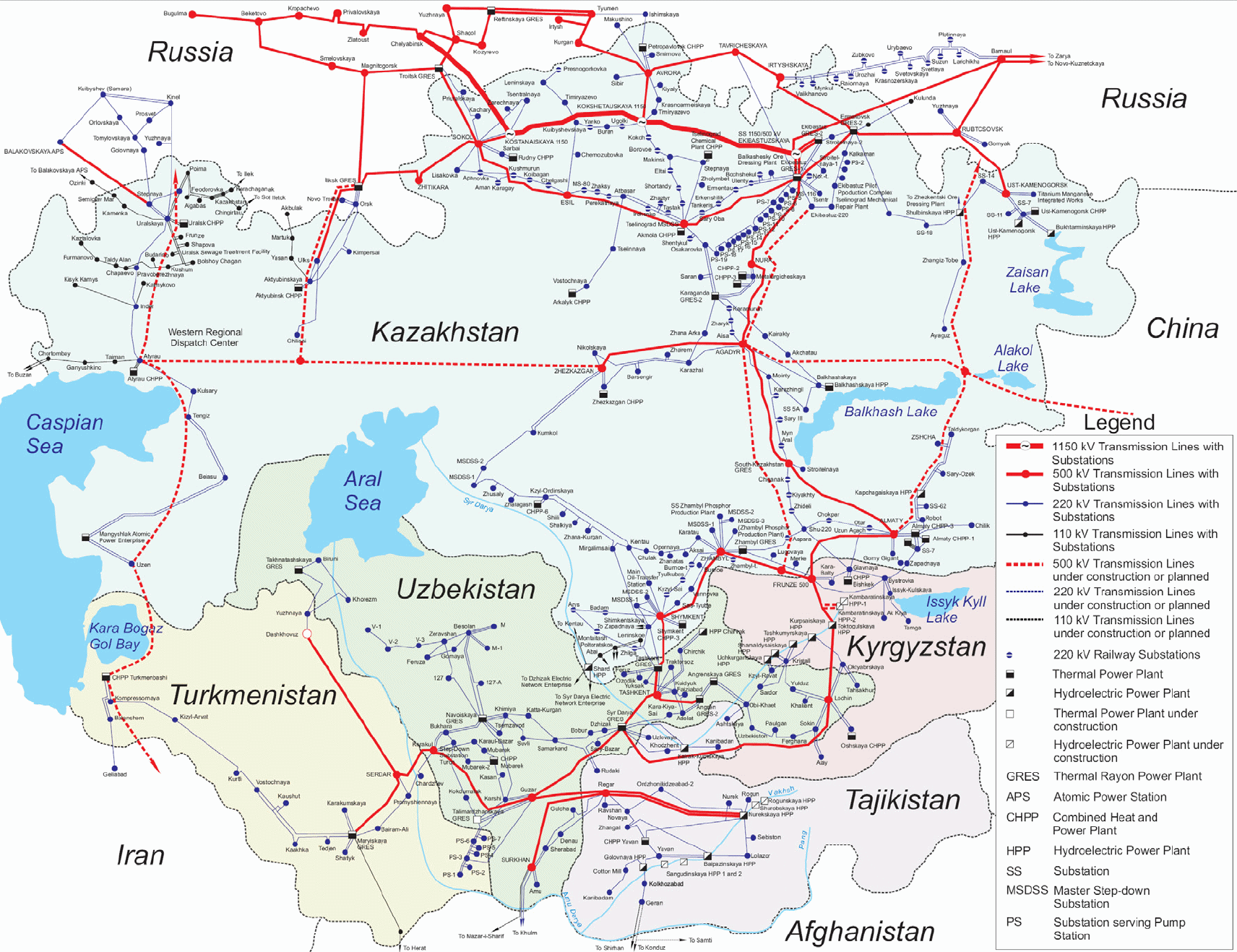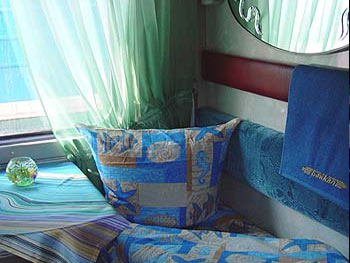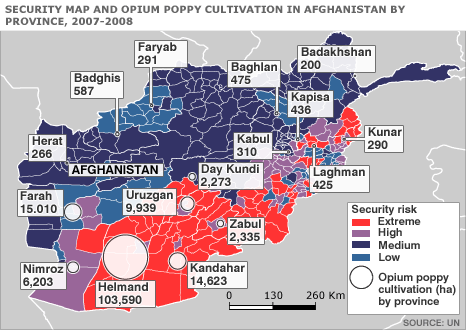Kazakhstan, the first economic power in Central Asia, who possesses important deposits of uranium, oil, gas and other raw materials is usually described as the most stable state in the region. Despite president Nazarbayev's authoritarianism, the country even assumed chairmanship of he OESC this year. However, the relative calm of the Kazakh steppe has recently been troubled by a series of corruption cases that already sent officials behind bars.
Last summer, the Kazakh parliament supported a bill that, though it has not been signed by the president, made him "leader of the nation", which would allow him to maintain some political powers even after retiring. This led some to believe that Nursultan Nazarbayev was planning to retire. However, in September, president Nazarbayev declared he intended to run for the next presidential election, in a move to stop what is increasingly looking like a succession struggle.
The earlier mentioned series of judicial cases started in late Febuary 2010, when the former deputy defense minister was arrested on charge that he made suspicious deals with an Israeli armament company. In mid-March, Mokhtar Dzhakishev, former Kazatomprom chairman, was also accused of hijacking company property up to 800.000 USD value. Some think that this is due to his links with Mokhtar Ablyazov, a fallen oligarch sentenced to six years in prison in 2002 whose pardon he secured in 2003. Ablyazov, today residing in London, was again charged shortly after creating an advocating organization to promote democracy and accountability in Kazakhstan. By the way, he was charged in the first place after accusing Timur Kulibayev, one of Nazarbayev's son-in-law, of taking bribes during a financial operation between Kazakh and Chinese energy companies. Dzhakishev, who led the transformation of Kazatomprom into a world-leading uranium producer, seems to be paying for the guarantee he gave on behalf of Ablyazov.
August was marked by yet another noticeable event. Nabil Shayakhmetov, head of the National Security Committee (KNB), then considered as a close confident to the Kazakh president, was replaced by Nurtay Abikayev, belonging to the president's so-called "old guard". This switch in position occurred while rumors circulated about an aborted coup d'etat allegedly fomented by several officials of the KNB, who themselves were said to act under orders of a "southerner's" clan seeking to take power.
Finally, in early September, the minister of health was also arrested on charges of appropriating public property for his personal benefit. However, lower ranks of the administration are also concerned, as mani mid-level officials have also fallen due to this campaign.
Nursultan Nazarbayev seems decided to stay in power "as long as his country needs him". Aged 70, the Kazakh president seems mentally and physically healthy, which indicates that he could stay in power for some more years. Besides, the country's economic performances (although the benefits of such growth essentially benefit to networks related to the president) and a growing cult of personality secured widespread popular support for the president. Finally, fear of destabilization (like in neighboring Kyrgyzstan) also prompts Kazakhs to rally around their president. However, Nazarbayev's staying in power could not be sufficient to avoid a power struggle between the clans vying for power.
First of all, the Kazakh president did not appoint a successor, and clans will be competing for succession until he does so. Besides, the president's "old guard" is getting increasingly older, and death is now increasingly possible for the elders of the presidential staff, as Vladimir Ni's death this September has shown. Younger officials belonging to opposite clans will certainly compete for such vacant seats, a prospect that is today the only threat to Kazakhstan's stability.



























